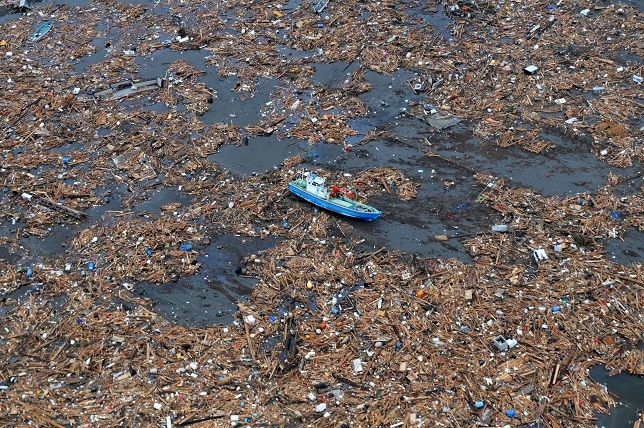Robots supporting UN plastic waste research in Indian Ocean
The Food and Agriculture Organization of the United Nations is backing a project to assess the impact of plastic waste in the Indian Ocean

The United Nations is supporting a project to assess the impact of plastic waste in the Indian Ocean including damage to marine ecosystems.
The Food and Agriculture Organization of the United Nations (FAO) is supporting the efforts of the Norwegian research vessel Dr Fridtjof Nansen, which is in the southern Indian Ocean searching for waste.
The vessel is trawling for garbage including plastic bags and ‘microplastics’ used in products such as cosmetics and shower gels.
An estimated 5 trillion pieces of plastic currently float in the world’s oceans and the FAO is aiming to evaluate the impact on the food chains and ecosystems.
The Dr Fridtjof Nansen vessel is operated by the Norwegian Institute of Marine Research (IMR) in collaboration with the FAO and has been researching the world’s oceans since 1975 collecting information on marine resources and ecosystems to help train scientists from around the world.
18 scientists from eight countries are currently on board conducting the second of two seasonal research missions and researchers measure ocean temperatures, oxygen levels, chlorophyll and biological processes like plankton production and fish distribution.
The targets of the research missions this year include to assess the scale and nature of industrial rubbish in remote parts of the southern Indian Ocean, and to study how the local Gyre, a cyclical vortex of currents, operates to spread plankton and tiny fish.
Reidar Toresen of IMR, cruise leader of the first mission of 2015, said: “We have found some plastic particles in almost all the stations we sampled.”
The FAO EAF-Nansen Project is financed by the Norwegian Agency for Development Cooperation (Norad) and the IMR is providing scientific and technical services.
According to the FAO, huge islands of floating plastic twice the size of Texas have recently been located in the Atlantic and Pacific Oceans.
As part of the current mission, the crew will launch new sinking robotic sensors to measure levels of a range of deep-water biological elements.
The sensors, provided by Australia with assistance from India, are programmed to dive to depths of up to 2,000 meters to sample oceanic health indicators.
The sensors gather data at various depths and transmit the information to scientists by satellite when they resurface.
The sensors will collect data on levels of chlorophyll, an indicator of trends in the ocean’s carbon storage capacity as well as in the basic food supply available to plankton and fish.






